Honduras coffee producing area estate brand history story introduction Honduras coffee bean flavor taste characteristics
The origin of coffee in Honduras can be traced back to the late 18th century, when Spanish merchants introduced coffee plants to the country. It was not until the early 19th century, when Honduras became independent from Spain, that the Honduran coffee industry really took off. Even after independence, the coffee industry in Honduras still lags far behind banana production for several reasons. In the 19th and early 20th centuries, small coffee farmers appeared all over Honduras, but they had no way to export their products. In the middle of the 20th century, infrastructure across the country was greatly improved, making it easier for these small farmers to transport their products, thus attracting more farmers to join the industry. Unfortunately, in 1998, when Hurricane Mitch destroyed 80% of the country's coffee production, the tragedy hit coffee farmers. Since then, the government has been providing incentives to bring coffee growers back, focusing on high-quality coffee beans. The rebound of Hurricane Mitch is an astonishing boon for the coffee industry in Honduras. They have become one of the five largest coffee producers in the world, producing more than 475000 metric tons of coffee a year. This is far behind the production of Brazilian coffee beans or Vietnamese coffee brands, but it is an incredible comeback only a few decades after the national tragedy. Honduras has not let their rapid growth damage their quality. They now export more high-quality Arabica coffee beans than almost any other country in the world, and they continue to improve the quantity and quality of these beans.
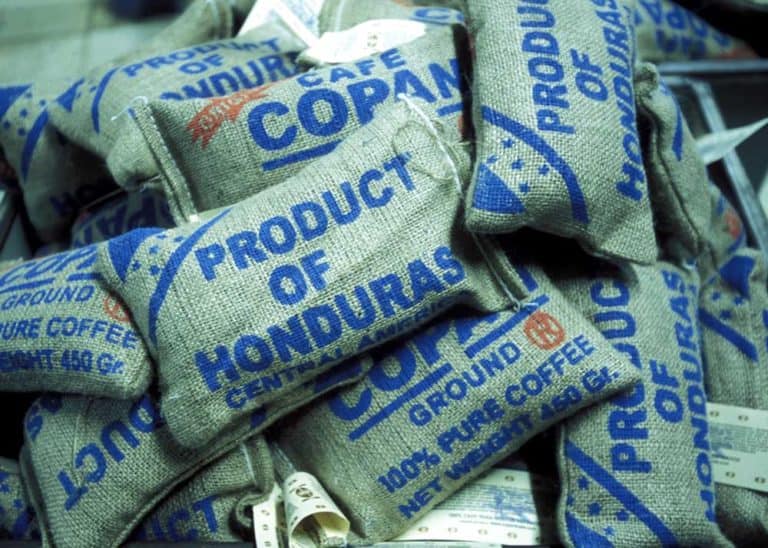
Today, Qianjie will introduce to you five brands of Honduran coffee.
Best Honduran Coffee beans: Fresh Roasted Coffee Organic Honduran Marcala
Freshly roasted coffee organic coffee cup test in Makala, Honduras: walnuts, milk chocolate, lemon in 2000, 62 Honduran coffee farmers joined the common goal of transforming their farms from conventional production to organic production and forming COMSA (Cafe Organico Marcala, S.A). In 2001, COMSA received the organic certification of Bio Latina with the support of a foundation called Funder (Funder).
Location: la Paz, Makala, Honduras.
Altitude: 4250-5575 ft (1295-1699 m)
Process: washing
Harvest: December-April
Export: February-June
Freshly roasted coffee the process of freshly roasted coffee begins at the source. Our coffee is carefully selected and built with great love and more demands, but with regard to origin, taste and quality. All of these ingredients help us to provide consistent, high-quality coffee and really desirable. Coffee stores coffee has four ancient enemies: heat, light, air and moisture. Storing coffee is essential for keeping it fresh and enjoying it at any time. Storing coffee under the condition of exposure to these elements will quickly lose its flavor. Coffee should be stored in a sealed container. We recommend using glass, metal or ceramic versions. Coffee should not be stored in the refrigerator, which is contrary to popular belief, because it can lead to water extraction of coffee flavor. Coffee beans are porous and absorb unnecessary flavors from the refrigerator.
Best quality Honduran Coffee: Spirit Animal Coffee Tropical Fruit
BOURBON coffee variety / variety high-end single-source micro-batch coffee. All of our organic and sustainable coffee comes from high-altitude, cool-growing particulate farms, low acid, mildew-free, pesticide-free, hand-washed and hand-washed, non-GM. Stimulating flavors-bourbon beans are known for their rich creamy chocolate flavors, sweetness (jasmine and tropical fruit cocktails) and very light fruit tones. Single source, organic and Fairtrade-this coffee comes from particles in Honduras and costs more than Fairtrade and organic.
Best Honduran Coffee Brand: Monte Vista craft Honduran coffee
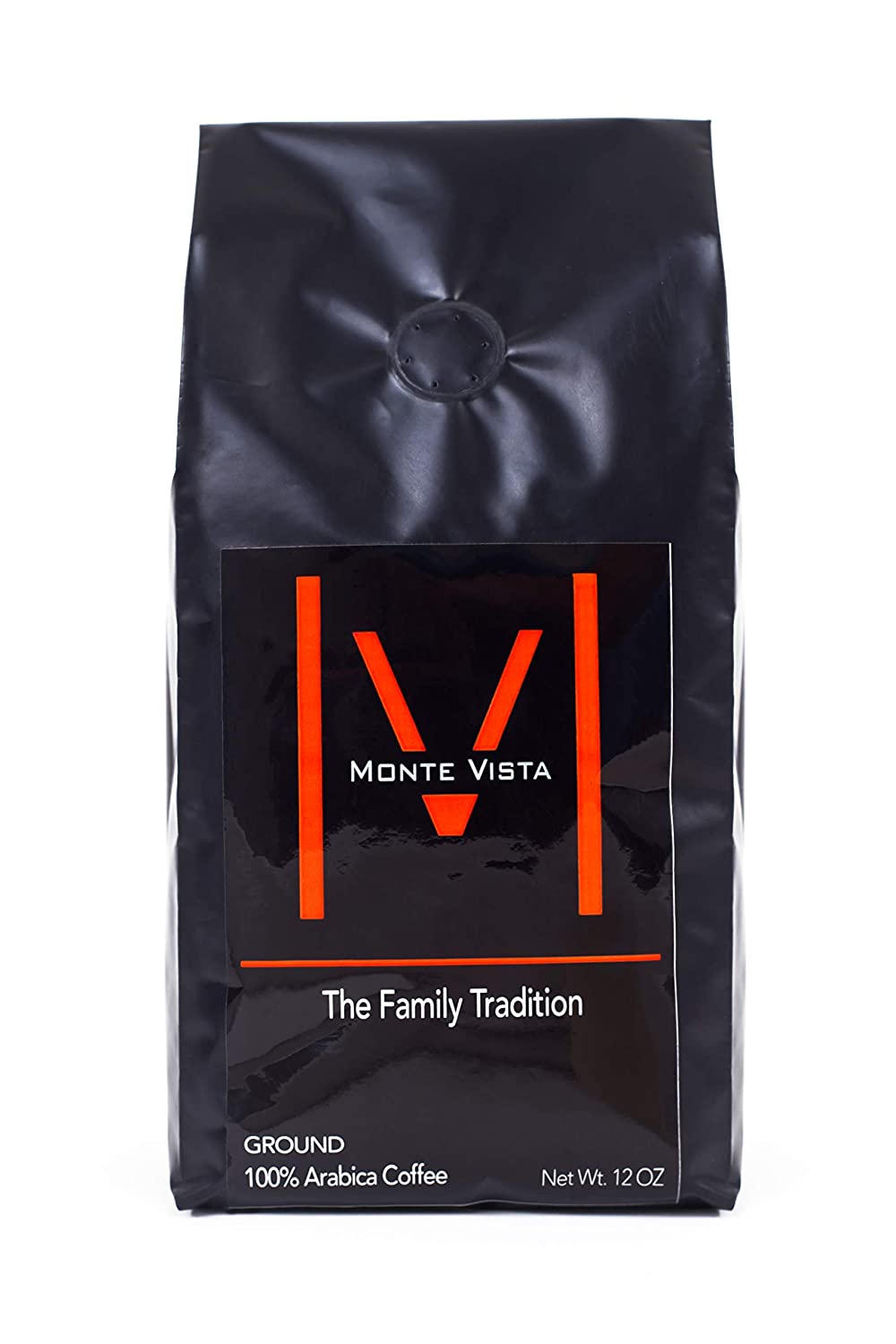
Best k cup of Honduran coffee: Maud's organic Honduran coffeek-cups
Maud's organic Honduran coffee offers low acidity and deep roasting, even though it still comes with smooth walnuts and cocoa. Maud's organic Honduran coffee. 100% organic, single source, Fairtrade certified coffee beans. Organic Honduras offers a dark body with low acidity and high acidity. The humid, tropical microclimate and mountain terrain of Honduras slow the growth of coffee beans, increase mineral and nutrient intake, and produce fuller, more powerful flavors. This rich black baking paint is not too heavy, with smooth flavors of walnut and cocoa.
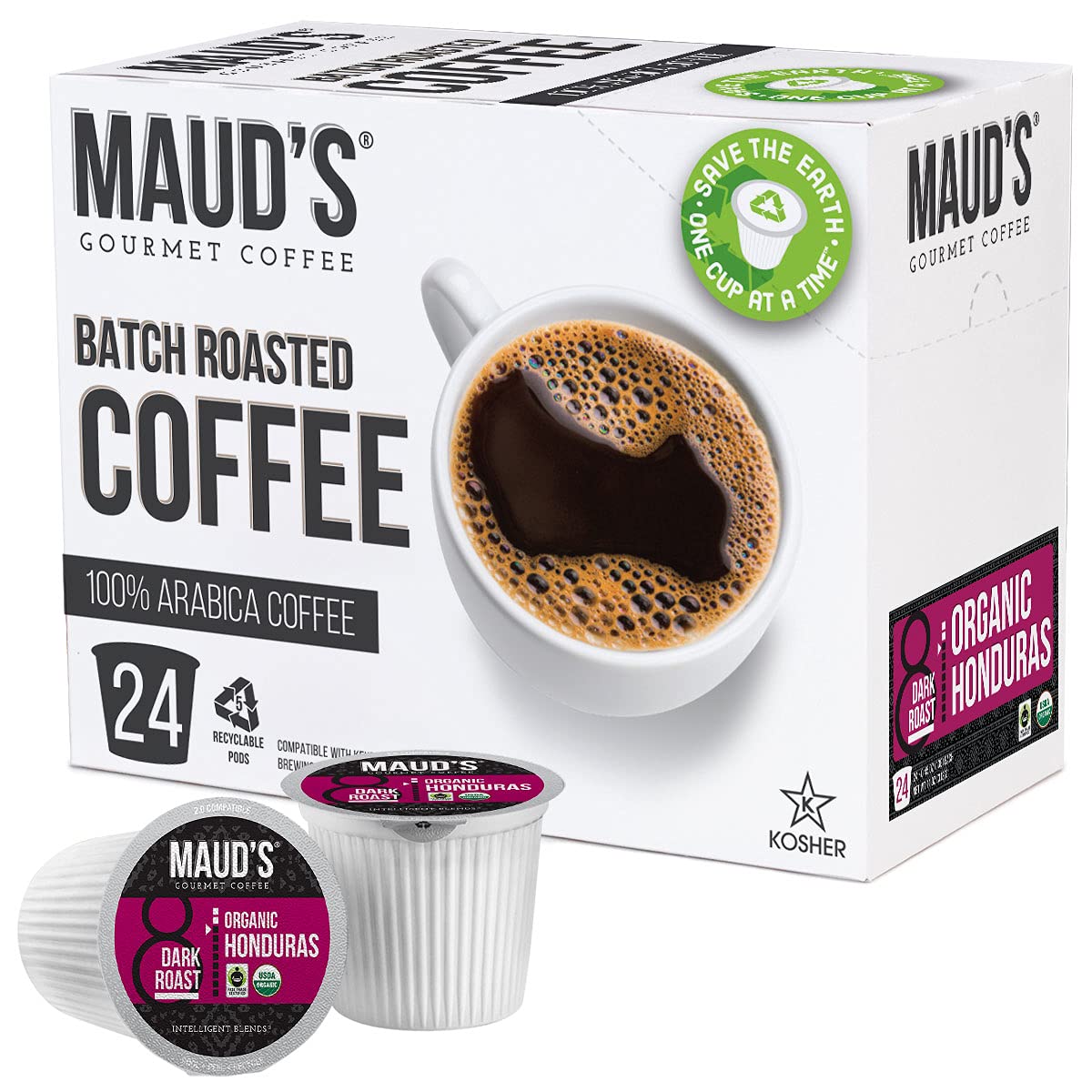
Best Honduran Coffee: Volcanica Coffee Organic Honduran coffee
Honduran natural craft coffee is grown in the Kokan region of Honduras. Finca La Unica Farm is a 35-kilometer family property located at a high altitude surrounded by vineyards and olive trees.
The natural process and protruding bed drying produce a rich, smooth body, medium acidity and juicy taste.
Volcanica Coffee is a special importer and retailer of exotic gourmet coffee beans, dedicated to providing quality coffee from volcanic regions around the world with exotic and extraordinary flavor. 100% customer satisfaction guarantee.
Important Notice :
前街咖啡 FrontStreet Coffee has moved to new addredd:
FrontStreet Coffee Address: 315,Donghua East Road,GuangZhou
Tel:020 38364473
- Prev
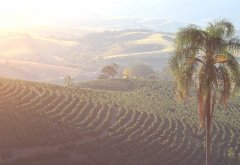
The reason why Brazil is rich in coffee beans high-quality coffee flavor characteristics Brazil coffee bean output first in the world
Some of the most popular coffee in the world originated in South America, and perhaps no country in the region does better than Brazil. Brazil has been the largest participant in the international coffee trade since the 1840s. Today, the country produces 40 to 60 million bags of coffee a year and is the world's largest exporter of instant coffee. The coffee grown in Brazil is mainly Arabica coffee.
- Next
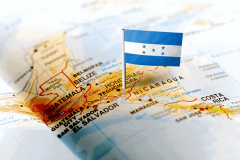
Six major coffee producing areas in Honduras introduce the difference of flavor between Shirley and Litchi orchid coffee beans in Moca Manor.
There are six main coffee-growing areas in Honduras: Copan, Opalaka, Montesiros, Comayagua, El Paleso and Agarta. Copan is the most famous growing area in Honduras. They produce sweet coffee at an altitude of 3300 to 5000 feet, with citrus, chocolate and caramel flavors. Their coffee is better than that in some other growing areas.
Related
- Detailed explanation of Jadeite planting Land in Panamanian Jadeite Manor introduction to the grading system of Jadeite competitive bidding, Red bid, Green bid and Rose Summer
- Story of Coffee planting in Brenka region of Costa Rica Stonehenge Manor anaerobic heavy honey treatment of flavor mouth
- What's on the barrel of Blue Mountain Coffee beans?
- Can American coffee also pull flowers? How to use hot American style to pull out a good-looking pattern?
- Can you make a cold extract with coffee beans? What is the right proportion for cold-extracted coffee formula?
- Indonesian PWN Gold Mandrine Coffee Origin Features Flavor How to Chong? Mandolin coffee is American.
- A brief introduction to the flavor characteristics of Brazilian yellow bourbon coffee beans
- What is the effect of different water quality on the flavor of cold-extracted coffee? What kind of water is best for brewing coffee?
- Why do you think of Rose Summer whenever you mention Panamanian coffee?
- Introduction to the characteristics of authentic blue mountain coffee bean producing areas? What is the CIB Coffee Authority in Jamaica?

